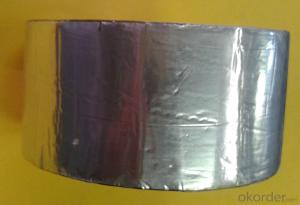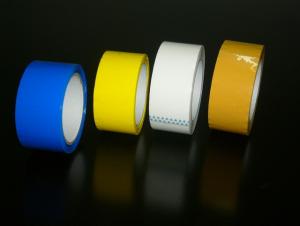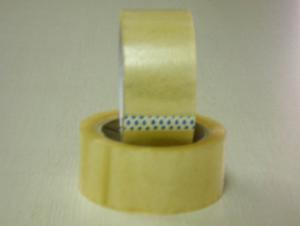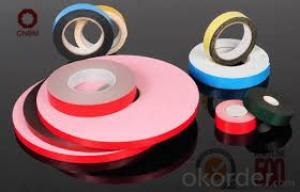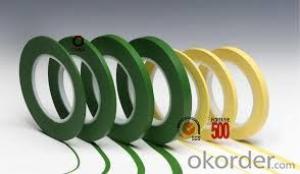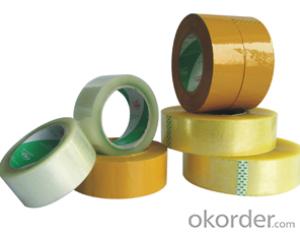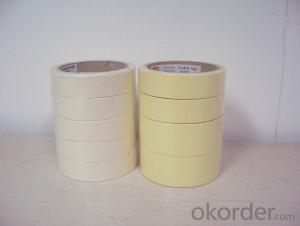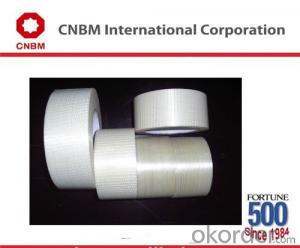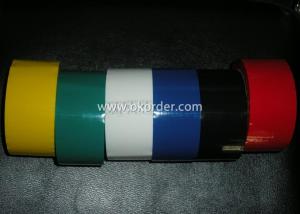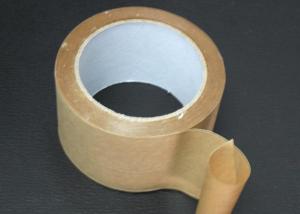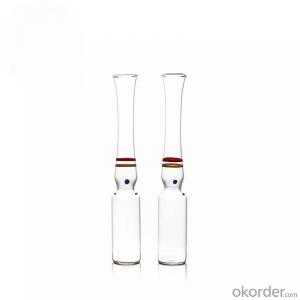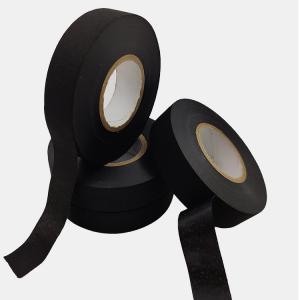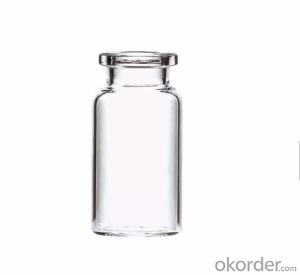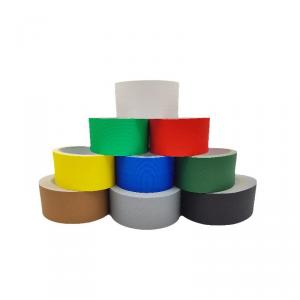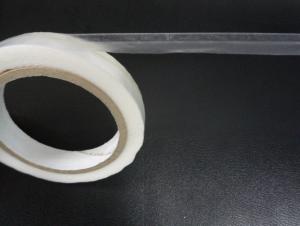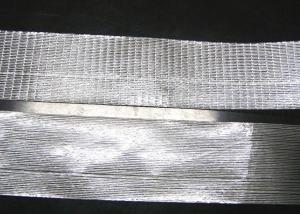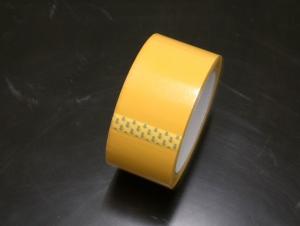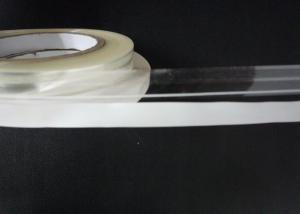For Pipes Aluminum Anti-corrision Tape
- Loading Port:
- China Main Port
- Payment Terms:
- TT OR LC
- Min Order Qty:
- -
- Supply Capability:
- -
OKorder Service Pledge
OKorder Financial Service
You Might Also Like
Specifications
self-adhesive aluminum waterproof tape:
1)acrylic rubber modified butuminous.
2)very economical.
3)easy to apply.
4)waterpro
Features of Aluminum waterproof Tape :
1)Very easy to apply
Very economical
Water-proof
Self-adhesive
Can be over-painted
Very good performance in UV-resistance
Good adhesion to many substrates
2)Shelf Life
120 month from date of production if stored in unopened,undamaged original sealed containers,in dry conditions and protected from direct sunlight at temperatures between +5°C and +60°C.
3)colours:Tape available in two different colours:
--Upper side:Painted aluminium foil,in mat .
--Lowerside:Self-adhesive black bituminous tape protected with a release PE membrane.
4)
---Service Temperature
-20°C~70°C
---Tensile Strength: ≥450/5cm
---Elongation at Break: ≥130 N/5cm
(Physics capability reference No. JC840 1999)
Applications:
a)Protection:Asphalt,brickwork,concrete,fiber cement sheet,metal and plastic materials,roofs and covering etc.
b)Sealing and waterproofing:
Glass & plastic windows frames,parapets,skylight structures etc
Repair work : metal and fiber cement sheet roofing,shingles,gutters and metal tube etc
Directions:
Surface must be clean,dry and free of dirt,grease,oil or water.
remove and release paper and press it into position using fingertip pressure.
Use a seam roller to smooth over the self-adhesive aluminum waterproof tape to ensure good contact is made.
- Q:For the moment the yellow rubber stamp [] how to use paper and pen, pen parts packaging tape?
- How to paste it on how to post, usually a lap bar
- Q:Can packaging tape be used for sealing household or kitchen items?
- Yes, packaging tape can definitely be used for sealing household or kitchen items. It is a versatile adhesive tape that is commonly used for sealing cardboard boxes, but it can also be utilized for sealing various items in the household or kitchen. Whether you need to seal food containers, plastic bags, or even small appliances, packaging tape can provide a strong and secure seal. It is important to ensure that the surface is clean and dry before applying the tape to maximize its adhesive strength.
- Q:Can packaging tape be used for sealing construction or building materials?
- Indeed, packaging tape possesses the capability to seal construction or building materials. Although it lacks the endurance and strength found in specialized construction tapes, packaging tape can serve as a temporary or expedient remedy for sealing materials like cardboard, plastic sheets, or lightweight panels. It is suitable for fastening interim covers, affixing protective layers, or keeping materials secure throughout construction or renovation endeavors. Nevertheless, for extended or demanding applications, it is advisable to opt for tapes explicitly engineered for construction, as they exhibit superior resistance against weather, UV rays, and possess enhanced adhesive properties.
- Q:What is the difference between acrylic and hot melt packaging tape?
- Acrylic packaging tape is a type of adhesive tape that is made from a water-based acrylic adhesive. It offers a strong bond and is ideal for sealing cardboard boxes and other packaging materials. It has good temperature resistance and performs well in a wide range of temperatures. On the other hand, hot melt packaging tape is made from a synthetic rubber adhesive that is melted and applied to the tape during the manufacturing process. It provides an instant and aggressive bond, making it suitable for heavy-duty packaging and sealing applications. Hot melt tape offers excellent adhesion to various surfaces, including corrugated cardboard and plastic. In summary, the main difference between acrylic and hot melt packaging tape lies in their adhesive composition and application process. Acrylic tape uses a water-based adhesive, while hot melt tape uses a rubber-based adhesive that is melted. Additionally, hot melt tape provides a stronger initial bond and is often used for heavy-duty packaging needs.
- Q:How does packaging tape perform on low-friction surfaces?
- Packaging tape generally does not perform well on low-friction surfaces. Low-friction surfaces, like smooth plastics or certain types of laminates, lack texture and adhesion, making it challenging for packaging tape to effectively stick and hold. The lack of friction allows the tape to easily slide or peel off the surface, compromising the integrity of the package. In such cases, it is advisable to use alternative methods like shrink wrapping, heat sealing, or adhesive sprays specifically designed for low-friction surfaces. These alternatives provide better adhesion and ensure the package remains securely sealed during handling and transportation.
- Q:Can packaging tape be used for sealing ceramic items?
- Indeed, ceramic items can be sealed using packaging tape. The strength and durability inherent in packaging tape render it a fitting choice for securing and sealing diverse materials, ceramics included. However, it is crucial to bear in mind that packaging tape may not deliver the same degree of protection as specialized ceramic sealants or adhesives. To attain a more reliable and enduring seal, it is advisable to employ a ceramic-specific adhesive or sealant that is specifically engineered to endure the distinctive attributes of ceramics, such as fluctuations in temperature or exposure to moisture.
- Q:Can packaging tape be used for sealing cloth or fabric items?
- Yes, packaging tape can be used for sealing cloth or fabric items. Packaging tape is designed to be strong and adhesive, making it effective for securing and sealing various materials, including cloth and fabric. It can be particularly useful for sealing packages containing cloth or fabric items, providing a secure closure to prevent the contents from falling out or getting damaged during transportation or storage. Additionally, packaging tape is often transparent, allowing for easy identification of the contents without compromising the overall appearance of the cloth or fabric item.
- Q:How does packaging tape perform on recycled or eco-friendly packaging materials?
- Packaging tape generally performs well on recycled or eco-friendly packaging materials. Most packaging tapes are designed to adhere to a variety of surfaces, including paper-based or biodegradable materials commonly used in eco-friendly packaging. However, it is always recommended to check the compatibility of the specific tape with the packaging material to ensure optimal adhesion and sustainability.
- Q:Can packaging tape be used for sealing packages with irregular shapes?
- Indeed, when it comes to sealing packages with irregular shapes, packaging tape comes in handy. Its flexibility and adhesive nature make it perfect for securing packages of different sizes and contours. Thanks to its strong adhesive properties, packaging tape can adhere to various surfaces, even those that are uneven or irregular, ensuring that the package remains tightly sealed during transportation. Moreover, packaging tape is known for its durability and tear-resistance, providing an added layer of protection for the package. Consequently, whether the package boasts an irregular shape or not, packaging tape proves to be a dependable and efficient choice for sealing it securely.
- Q:What are the considerations for using packaging tape on corrugated cardboard boxes?
- There are several factors to consider when using packaging tape on corrugated cardboard boxes. Firstly, it is crucial to choose the appropriate type of tape for the job. Acrylic, hot melt, and natural rubber adhesive tape are all available options, each with its own strengths and weaknesses. Therefore, it is vital to select a tape that offers the necessary strength and durability to secure the cardboard boxes effectively. Moreover, the width and thickness of the tape should be taken into account. The tape's width should be sufficient to cover the box's seams and edges, ensuring a secure seal. Similarly, the tape's thickness should be suitable for the weight and contents of the box. Heavier items may require thicker tape to provide proper support and prevent damage during transportation. Another consideration is the application method. It is crucial to apply the packaging tape evenly and tightly to the cardboard boxes to prevent them from becoming loose or opening during transport. Using a tape dispenser or applicator can assist in achieving a consistent application. Additionally, the conditions under which the cardboard boxes will be handled and transported should be considered. If the boxes will be exposed to extreme temperatures, humidity, or rough handling, it might be necessary to use stronger or specialized packaging tape that can withstand these conditions. This will ensure that the tape remains intact and provides the necessary protection for the box's contents. Lastly, the removal of the packaging tape should be taken into account. If the boxes need to be opened and resealed multiple times, it might be beneficial to use a tape that offers easy and clean removal without leaving residue or damaging the cardboard surface. This will help maintain the box's integrity and make it easier to reuse or recycle the corrugated cardboard. In conclusion, when using packaging tape on corrugated cardboard boxes, it is important to consider factors such as the type, width, and thickness of the tape, as well as the application method. The conditions under which the boxes will be handled should also be taken into account, and the removal of the tape should be considered if the boxes require multiple openings. By considering these factors, one can ensure that the packaging tape provides a secure and reliable seal for the corrugated cardboard boxes.
1. Manufacturer Overview |
|
|---|---|
| Location | |
| Year Established | |
| Annual Output Value | |
| Main Markets | |
| Company Certifications | |
2. Manufacturer Certificates |
|
|---|---|
| a) Certification Name | |
| Range | |
| Reference | |
| Validity Period | |
3. Manufacturer Capability |
|
|---|---|
| a)Trade Capacity | |
| Nearest Port | |
| Export Percentage | |
| No.of Employees in Trade Department | |
| Language Spoken: | |
| b)Factory Information | |
| Factory Size: | |
| No. of Production Lines | |
| Contract Manufacturing | |
| Product Price Range | |
Send your message to us
For Pipes Aluminum Anti-corrision Tape
- Loading Port:
- China Main Port
- Payment Terms:
- TT OR LC
- Min Order Qty:
- -
- Supply Capability:
- -
OKorder Service Pledge
OKorder Financial Service
Similar products
New products
Hot products
Related keywords

